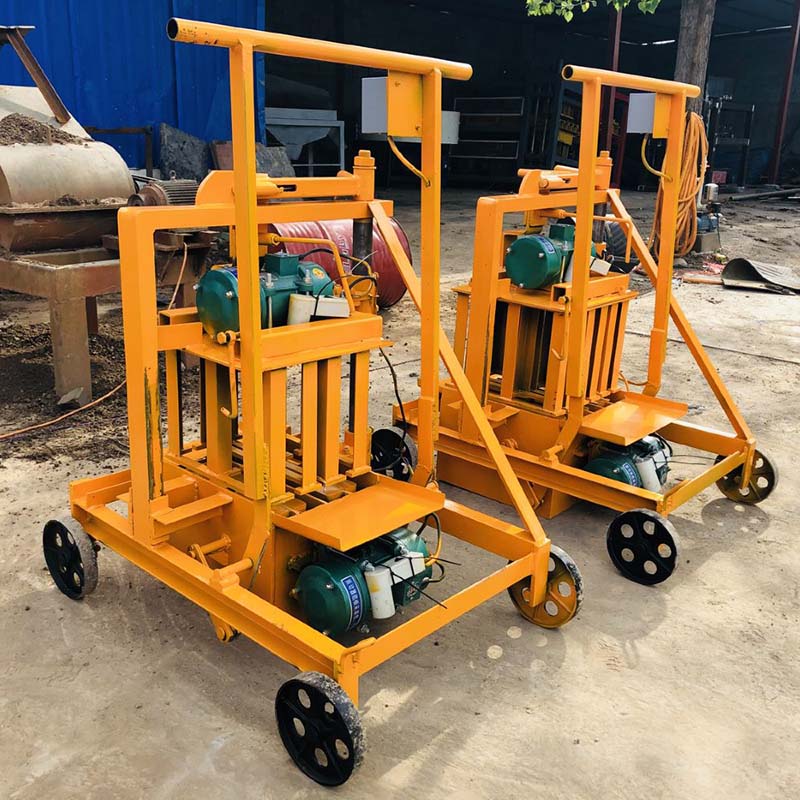
Image source:Aiwei block machine
Introduction
In the vast and dynamic landscape of India’s construction industry, brick making machines are emerging as key catalysts for transformation. The country’s rapid urbanization, infrastructural expansion, and growing emphasis on sustainable construction practices have created an environment ripe for innovation. This article explores how brick making machines are revolutionizing India’s construction industry, reshaping its dynamics, and contributing to a more efficient, sustainable, and vibrant built environment.
1. Urbanization and Construction: Challenges and Opportunities
India’s urban population is on the rise, driving the demand for housing, infrastructure, and commercial spaces.
- Urban Migration: The migration of rural populations to cities is intensifying the need for housing.
- Infrastructure Demands: Modern cities require robust infrastructure to support their growth.
2. The Evolution of Brick Production in India
The history of brick production in India reflects the evolution of construction practices.
- Traditional Brick-Making: Manual molding and sun-drying were labor-intensive but prevalent.
- Mechanization: The introduction of brick making machines marked a turning point.
3. Mechanized Brick Making: Enhancing Efficiency and Quality
Mechanized brick making machines are revolutionizing India’s construction processes.
- Rapid Production: Modern machines can produce a large number of bricks in a shorter time.
- Quality Consistency: Uniform bricks contribute to structurally sound and aesthetically pleasing buildings.
4. Technology Adoption and Automation
The integration of technology is a driving force behind the transformation of the construction industry.
- Automated Production: Advanced machines automate various stages, reducing human intervention.
- Quality Control: Automation leads to uniformity and minimizes defects in brick production.
5. Sustainability: A Cornerstone of Modern Construction
Brick making machines are playing a vital role in aligning India’s construction practices with sustainability.
- Eco-Friendly Materials: Some machines enable the use of recycled materials, reducing environmental impact.
- Energy Efficiency: Advanced kiln designs and production processes minimize energy consumption.
6. Affordable Housing: A Social Imperative
The shortage of affordable housing in India has given rise to innovative solutions.
- Affordability Challenge: Traditional construction methods struggle to meet the demand for affordable housing.
- Brick Making Solutions: Mechanized brick production contributes to affordable housing initiatives.
7. Economic Growth and Job Creation
The adoption of brick making machines has far-reaching economic implications.
- Micro-Enterprises: Brick-making projects empower local entrepreneurs and small businesses.
- Supply Chain Boost: Supporting local brick production stimulates growth in ancillary industries.
8. Collaborative Ecosystem for Innovation
Partnerships between government, private sector, and educational institutions are fostering innovation.
- Research and Development: Collaborations contribute to the development of advanced brick making machines.
- Skill Development: Partnerships provide training programs to create a skilled workforce.
9. Technological Advancements and Future Prospects
The future of brick making machines in India is characterized by continuous technological advancements.
- Smart Integration: AI and IoT technologies are optimizing production and resource management.
- Data-Driven Insights: Technology-driven insights improve resource utilization and decision-making.
Conclusion: Building a Brighter Future
Brick making machines are emerging as agents of change in India’s construction industry. They are not only tools but enablers of economic growth, innovation, and sustainability. As India strides forward to meet its urbanization challenges, the narrative of brick making machines reflects the potential of innovation, collaboration, and responsible practices. These machines are shaping the urban landscape, empowering communities, and laying the foundation for a more resilient, sustainable, and prosperous future for generations to come.
